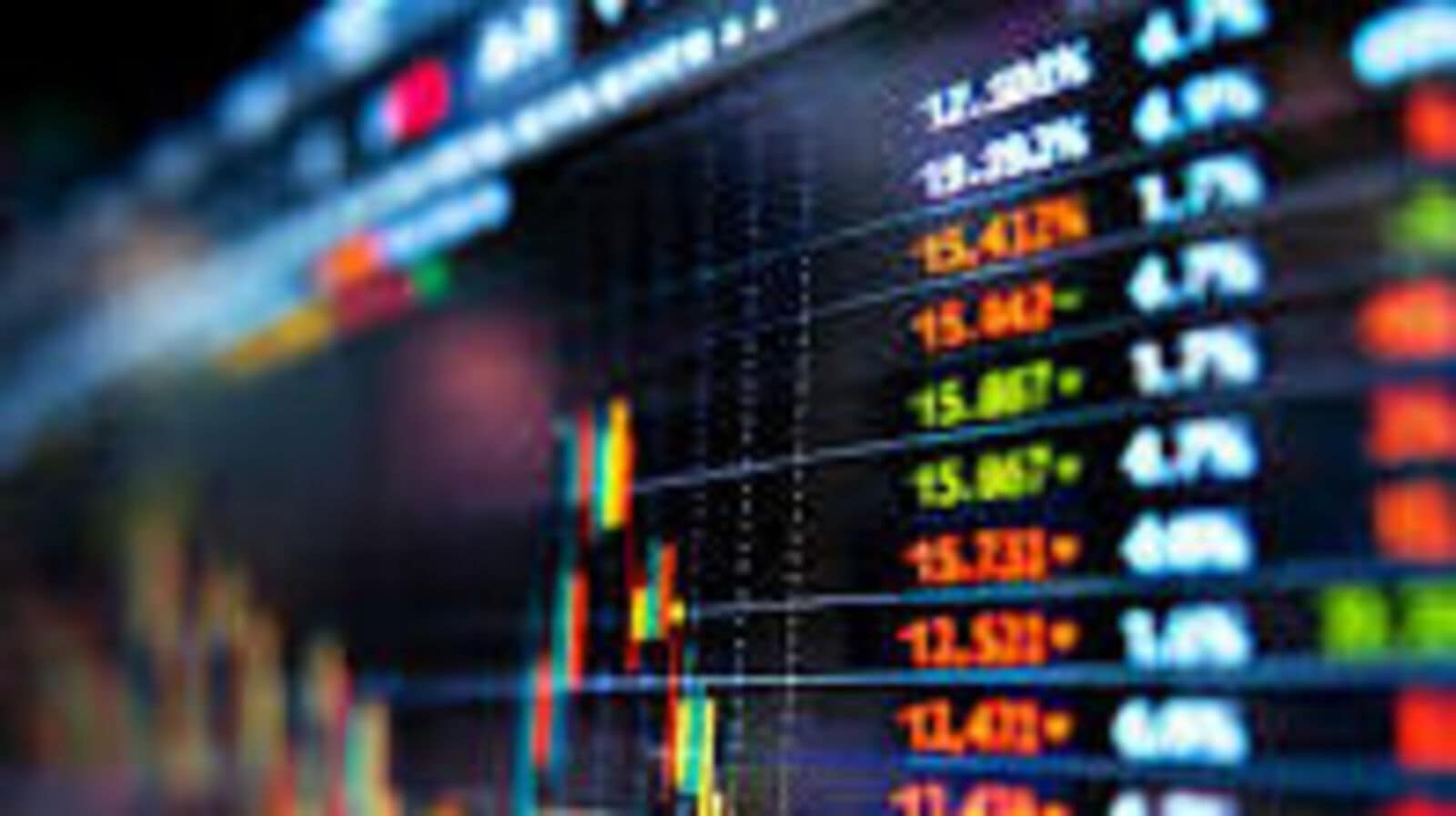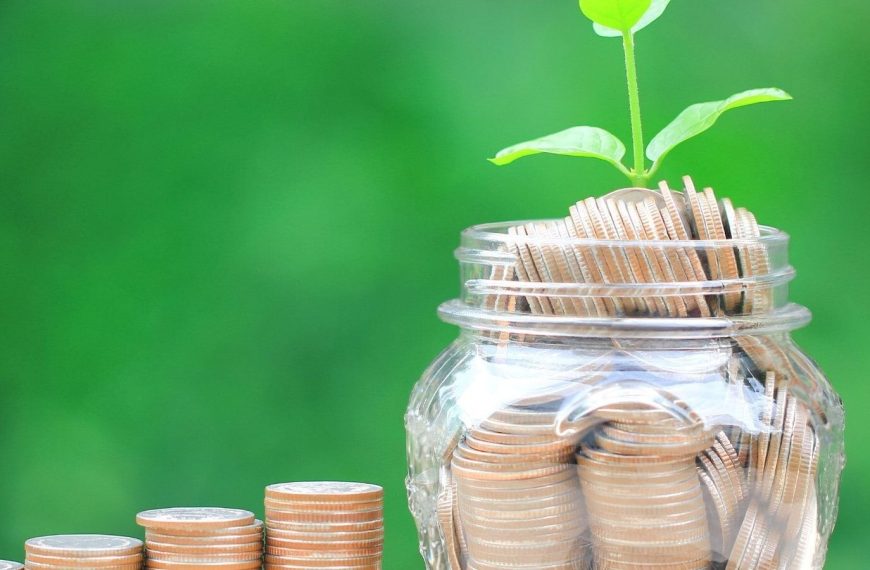The dollar is experiencing a slight uptick as traders analyze the current state of the U.S. economy amidst President Donald Trump’s fluctuating statements regarding trade agreements and Federal Reserve policies. Following a tumultuous week marked by significant shifts in value, the U.S. currency is poised to end its four-week slump, albeit with only a modest gain.
Dollar’s Rollercoaster Week
This week proved to be quite volatile for the dollar, beginning with a 1% decline against major currencies on Monday. The drop was triggered by Trump’s comments about potentially dismissing Federal Reserve Chair Jerome Powell for not implementing interest rate cuts swiftly. However, just a day later, the dollar rebounded by 1.5% as Trump clarified that he had no intention of replacing Powell and hinted at a possible easing of trade tensions with China.
Despite the initial optimism, the lack of substantial progress in trade talks with Beijing caused the dollar to weaken later in the week. The dollar index, which gauges the currency against six key competitors, is projected to rise by 0.27% this week, breaking a four-week losing streak.
China’s Trade Negotiation Status
On Thursday, Beijing denied Trump’s assertion that direct trade discussions were taking place, leaving investors uncertain about the status of U.S.-China relations. Nevertheless, Trump reiterated his claim later that day, stating that negotiations were indeed underway. As of early Friday, the dollar was trading at 143.08 yen, up 0.3%, and 4% stronger at 0.8303 Swiss franc. The euro dipped 0.3% to $1.1355, while sterling fell 0.2% to $1.3314.
Progress with Asian Allies
While uncertainty looms over U.S.-China negotiations, there are signs of progress in talks with key Asian allies, including South Korea and Japan. Following initial discussions, a South Korean delegation announced plans to finalize a trade package before the lifting of reciprocal tariffs in July. Japanese Finance Minister recently met with U.S. Treasury Secretary Scott Bessent, stating there were no discussions regarding currency targets, despite previous accusations from Trump about Japan weakening its currency to benefit its exporters.
Next week, Japan’s chief negotiator, Ryosei Akazawa, is set to engage in further talks with Bessent. Mizuho analysts noted that if there is a growing perception of impending tariff reductions, it could positively influence negotiations with other countries, potentially boosting the dollar to 145 yen.
Bank of Japan’s Stance
In a related note, Kazuo Ueda, the Governor of the Bank of Japan, reiterated the central bank’s commitment to raising interest rates if inflation trends toward the 2% target as anticipated. Recent data indicated that core consumer prices in Tokyo rose 3.4% in April compared to the previous year, a trend that has been accelerating for two consecutive months.
As the Bank of Japan approaches its two-day meeting ending on May 1, expectations are that policy settings will remain unchanged. Meanwhile, Bitcoin has seen a slight increase, trading around $94,220, nearing its recent highs.
In this dynamic economic landscape, the interplay between U.S. trade policies and international negotiations will continue to shape the dollar’s trajectory.











